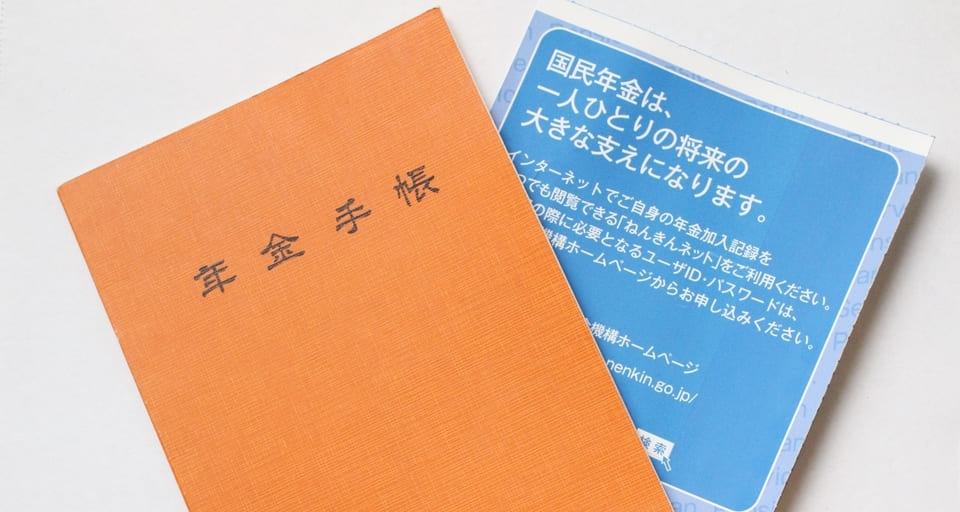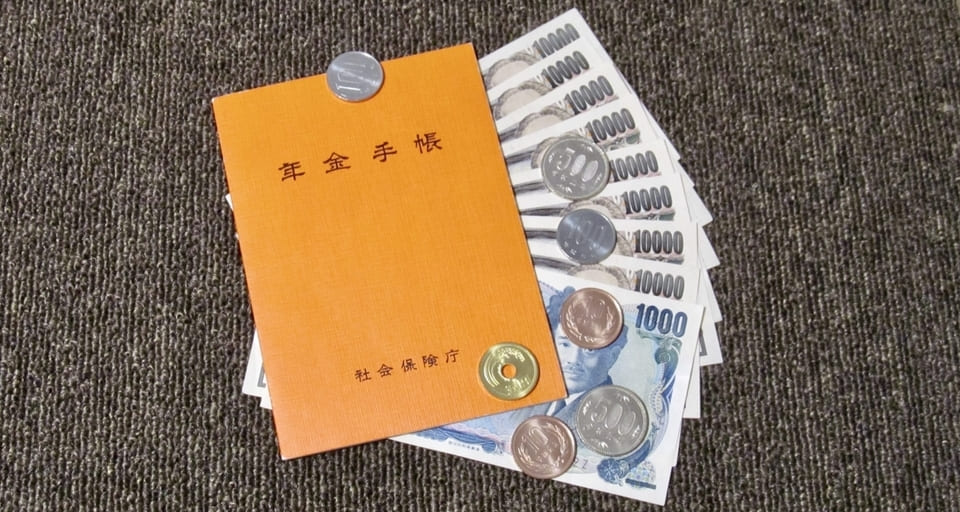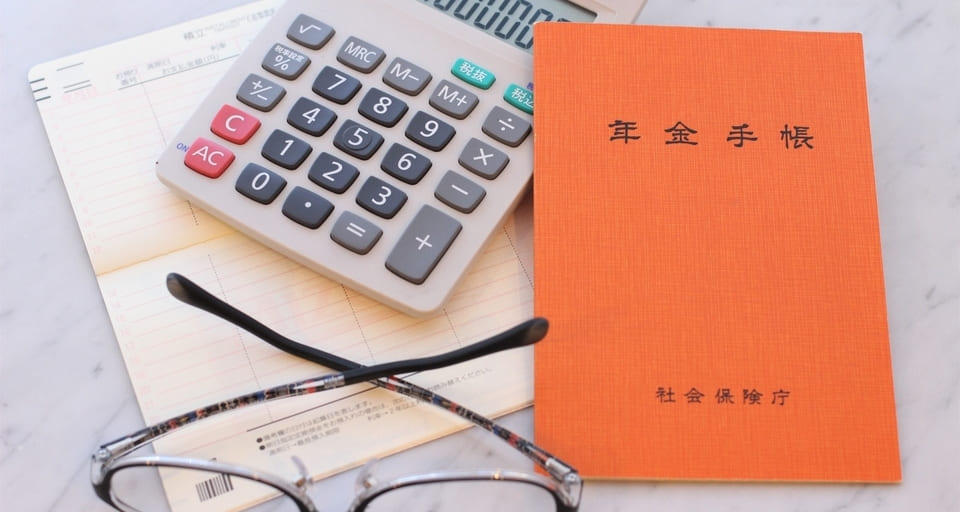Many foreigners living in Japan have joined the pension system of Japan. However, some people may not understand much about it.
This article gives an overview of the Japanese pension system. It also explains relevant exceptions that you might be able to use, so please take a look.
Overview of Japanese Pension System
There are two main types of pensions in Japan, the “National Pension Insurance(NPI)” and the “Employees’ Pension Insurance(EPI).” The target people for each are as follows.
- National Pension Insurance(NPI): Everyone living in Japan between the ages of 20 and under 60
- Employees’ Pension Insurance(EPI): Everyone who works for a company covered by EPI
The NPI is an insurance that is enrolled by all people living in Japan between the ages of 20 and under 60. Therefore, foreigners will also have to join. With the NPI, you can receive a basic pension according to old age, disability, and death.
Besides, there are three types of national pensions: “Category I,” “Category II,” “Category III.” And the contribution payment method changes depending on it.
| Type | Description |
|---|---|
| Category I | Self-employed people, students, part-time workers, and unemployed people fall into Category I. Contributions are paid using a payment slip or direct debit. |
| Category II | Category II is for people who join EPI. When you enroll in the EPI, you will automatically join the NPI Category II as well. However, those who are 65 years or older and receive old-age pension are not the target. Since its contribution is included in the EPI contribution amount, you will automatically pay it from your salary. |
| Category III | Category III applies to persons between the ages of 20 and under 60 who are spouses of the Category II person. However, even if you meet the conditions, if the annual income is 1.3 million yen or more and you become out of dependence, Category I is applied to you. |
The person who is in the EPI will automatically be the Category II of NPI. In this case, you can receive an EPI benefit in addition to the NPI in the future.
How to Enroll in Pension Insurances

Here, we will explain the procedures for joining each pension insurance.
If you are the Category I person, please complete the procedure at the counter of the municipal office of your address. You will need your pension handbook or basic pension number notice, so be prepared. You can join within 14 days after you retire from your previous job.
If you are a foreigner applying it for the first time, bring your ID and passport to the municipal office within 14 days of entering Japan. You will also need to have an application document.
If you are a Category II or a Category III person, you will join in NPI through the company where the Category II person (spouse of the Category III person) works.
The procedure for joining the EPI is also not necessary for the individual as the employee’s place of business will take care of it.
The NPI is Optionally Extendable up to the Age of 65
As a general rule, the NPI is for people up to the age of 60, but even people over the age of 60 can continue to voluntarily join the NPI until the age of 65 in the following cases.
- Those who have too short payment period to be eligible for the old-age benefit
- Persons who have a short payment period of contributions and cannot receive a full amount of the old-age benefit
Systems Regarding Payment Exemption of Contribution

Japanese pensions have various payment exemption systems. Here, we will explain the “Social Security Agreement” and “Special Payment System for Students.”
Social Security Agreement
A social security agreement is a system to prevent the double burden of insurance premiums. In recent years, many people have come to Japan from overseas and are living. And if you live in Japan, you need to join the Japanese pension system. Therefore, even if the affiliation is an overseas company, you need to pay the contribution of Japanese pension.
However, if you do not pay the overseas pension while you are staying in Japan, you may not be able to receive the full pension when you return to your home country in the future. That being said, paying the costs of the social security system in both the home country and Japan is a heavy burden, so Social Security Agreements are in place to prevent this.
With the Social Security Agreement, you can add up your pension enrollment period in both countries. It means that you can calculate the period you have been enrolled in the Japanese pension system as the period in your home country.
Besides, if you are temporarily dispatched with a period of 5 years or less, you may not need to join the Japanese pension system. For details, please also check the website of the Japan Pension Service below.
Please note that you need to obtain a “Certificate of Coverage” from the executing agency in your home country to use the Social Security Agreement. See below for details.
This system is available only between Japan and countries that have social security agreements, but we recommend you using it if this applies to you.
Special Payment System for Students
“Special Payment System for Students” is a system in which students over the age of 20 can postpone the payment of contributions while they are in school.
Under the Japanese pension system, people over the age of 20 become insured in the NPI and are required to pay the contributions, but some 20-year-olds do not earn income because they are attending school as students. The Special Payment System for Students helps them.
When using this system, the person’s income must be less than a certain amount below.
1,180,000 jpy + number of dependents x 380,000 jpy + deduction for social insurance
This amount is for student income only and does not include family income. Even if the student’s family has a high income, he/she can apply if his/her income is below this standard.
The target schools include universities, graduate schools, junior colleges, high schools, colleges of technology, special needs schools, special training schools, and Japanese branch schools (partly) of overseas universities, etc. It means that the system is available for most students.
When using the Special Payment System for Students, it is necessary to submit the application form to the municipal office or pension office at your address. Submitting it by mail is also OK. You can download it from the website of the Japan Pension Service, so please print and use it.
Furthermore, it is also possible to create a Special Payment System for Students application form on the “Nenkin Net.” Please input the necessary information first, print it out, sign it, stamp it, and submit it to the counter.
Since information such as basic pension number is automatically displayed on Nenkin Net, there is no need to enter it. You can also prevent mistakes because it lets you know other input errors.
When applying for the Special Payment System for Students, you need to prepare the following documents.
- Application form
- Pension handbook or notification of basic pension number
- Documents that can prove that you are (or were) a student
Since you will not pay the contributions during the period of Special Payment System for Students, if it remains as it is, the pension benefit will not be fully paid in the future. However, you can postpay the contribution within 10 years, so we recommend you postpaying it when you can afford it.
To receive the old-age basic benefit, it is necessary to have paid the contribution for at least 10 years, but this period includes the period for which this system is used. On the other hand, it is not included in the period to calculate the pension amount. Remember this difference.
Conclusion
This time, we explained about the Japanese pension system, how to join it, and various payment systems. Foreigners are required to join the NPI as long as they live in Japan. Besides, if you work for a company, you may be eligible for an EPI.
To receive a big amount of pension benefit in the future, make sure that you understand the structure of the pension system and pay the contributions every month.



